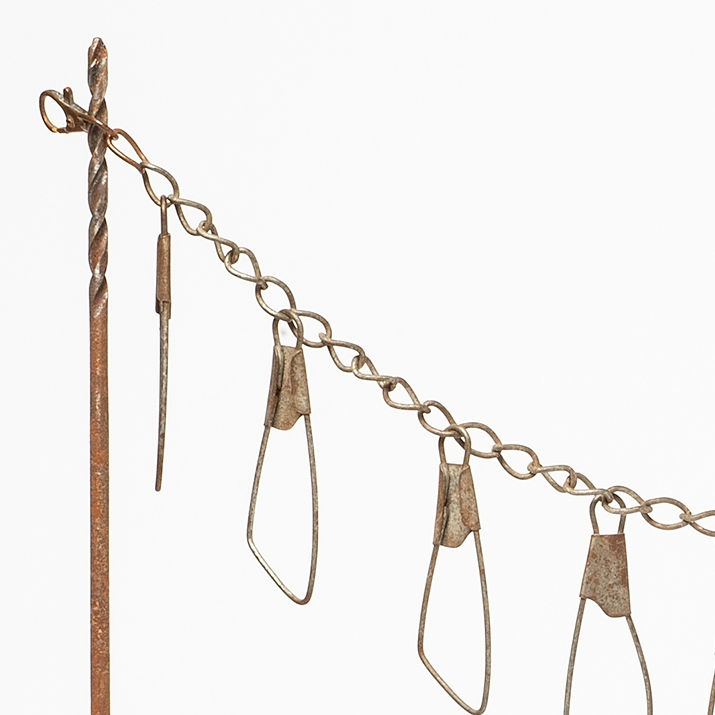Susan
Tabachnick
Susan
Tabachnick
The Lost & Found Circus, The Barnum Museum, Bridgeport CT, 2014
Each component of the circus was inspired by a piece of salvage that I was attracted to rather than a fixed idea of something that I was trying to build. As the pieces came together—the salvaged items were never altered in any way—a new “life” was resurrected from a previous one. Importantly, my construction process required that all the parts balanced as the piece evolved; that allowed for the flexibility and fluidity of finding just the right part—the balancing act.
All of the work in the show was assembled this way; none of the components are affixed. Like a real circus, the components can readily be disassembled and transported to a new venue, and if I choose, the salvaged items can come together in new ways. The Lost and Found Circus was always a work in progress, an infinitely creative and organic assemblage of salvaged pieces that rejuvenates our ability to see possibilities.
Bridgeport was a circus town in its heyday, becoming the circus capital of the world when P. T. Barnum selected it, in 1870, as the winter headquarters for “The Greatest Show on Earth.” In 1949, the City saluted Barnum with the Barnum Festival, a legacy that continues to this day; a major part is the Barnum Parade.
To me, the most important part of the circus is the experience of arrival, with the anticipation of a parade of circus wagons coming down the streets to its venue. Every year around the Fourth of July, the local Bridgeport, Connecticut, Barnum Festival parade takes place in my old neighborhood. Like an old-fashioned circus, I remember the floats coming down the street where I lived as they gathered on the next block over very early in the morning. I would sit on my front porch and watch “the show before the show;” it was quiet and wonderful. This is what I thought about as the work evolved, as my own “lost and found” circus grew with the creation of each new element.







































